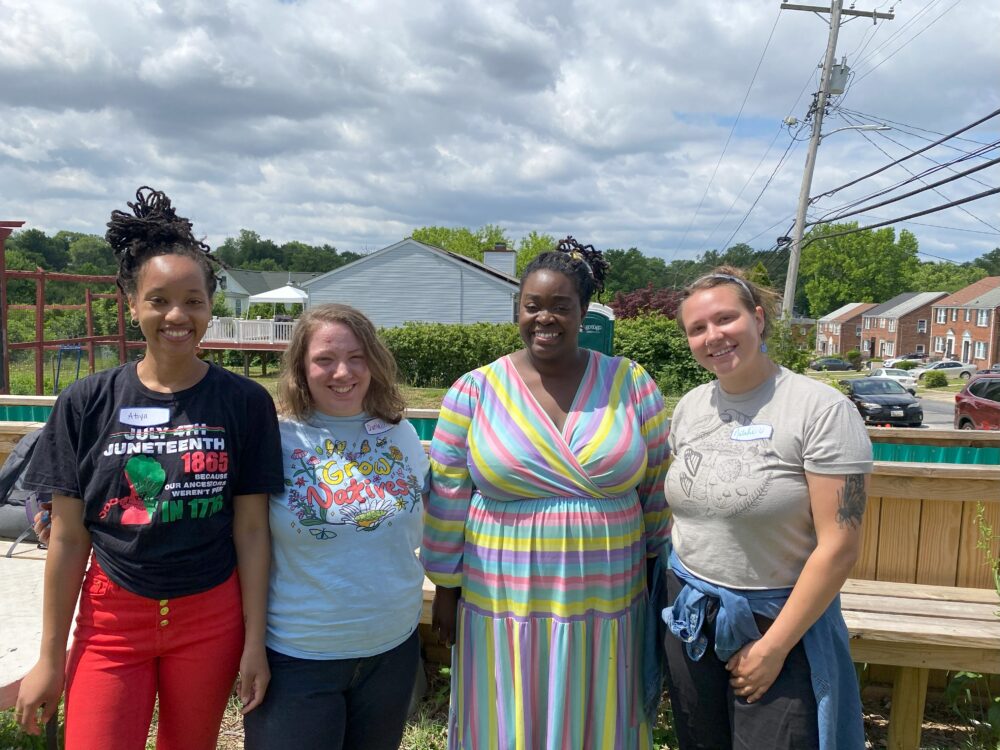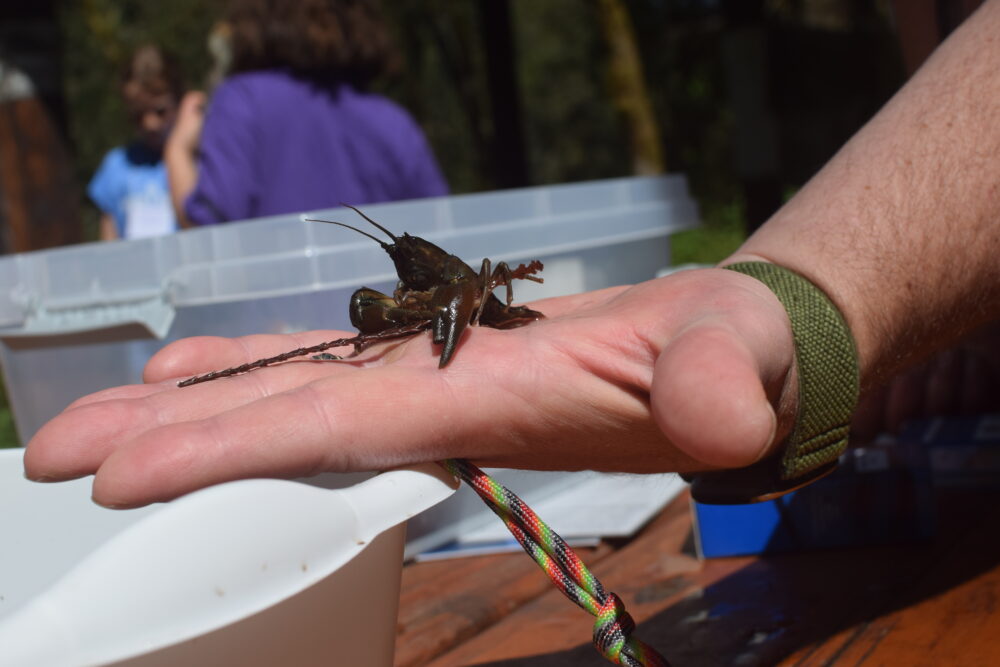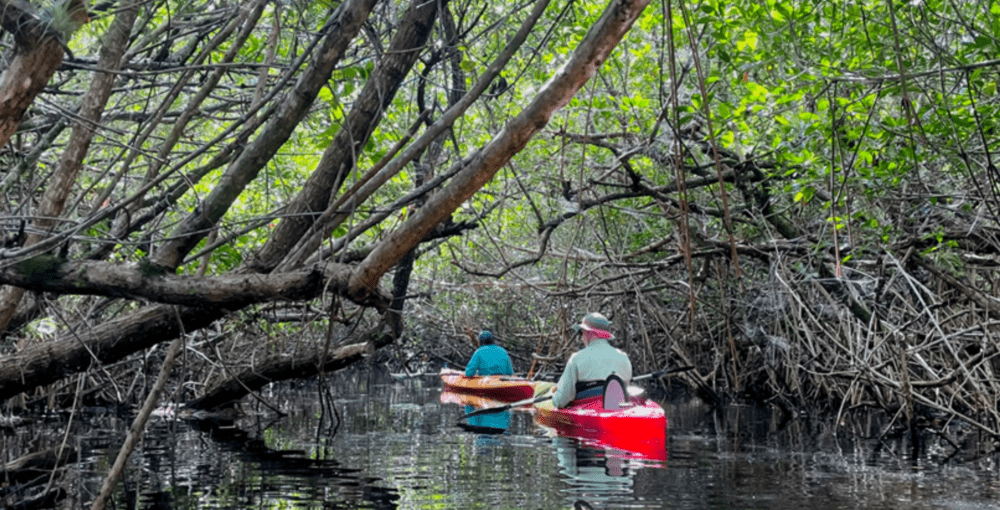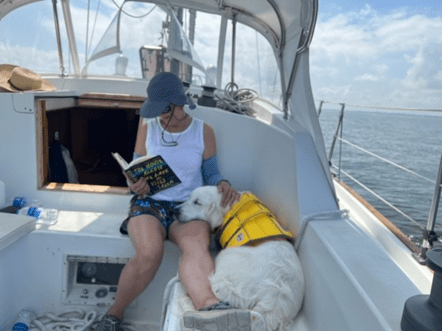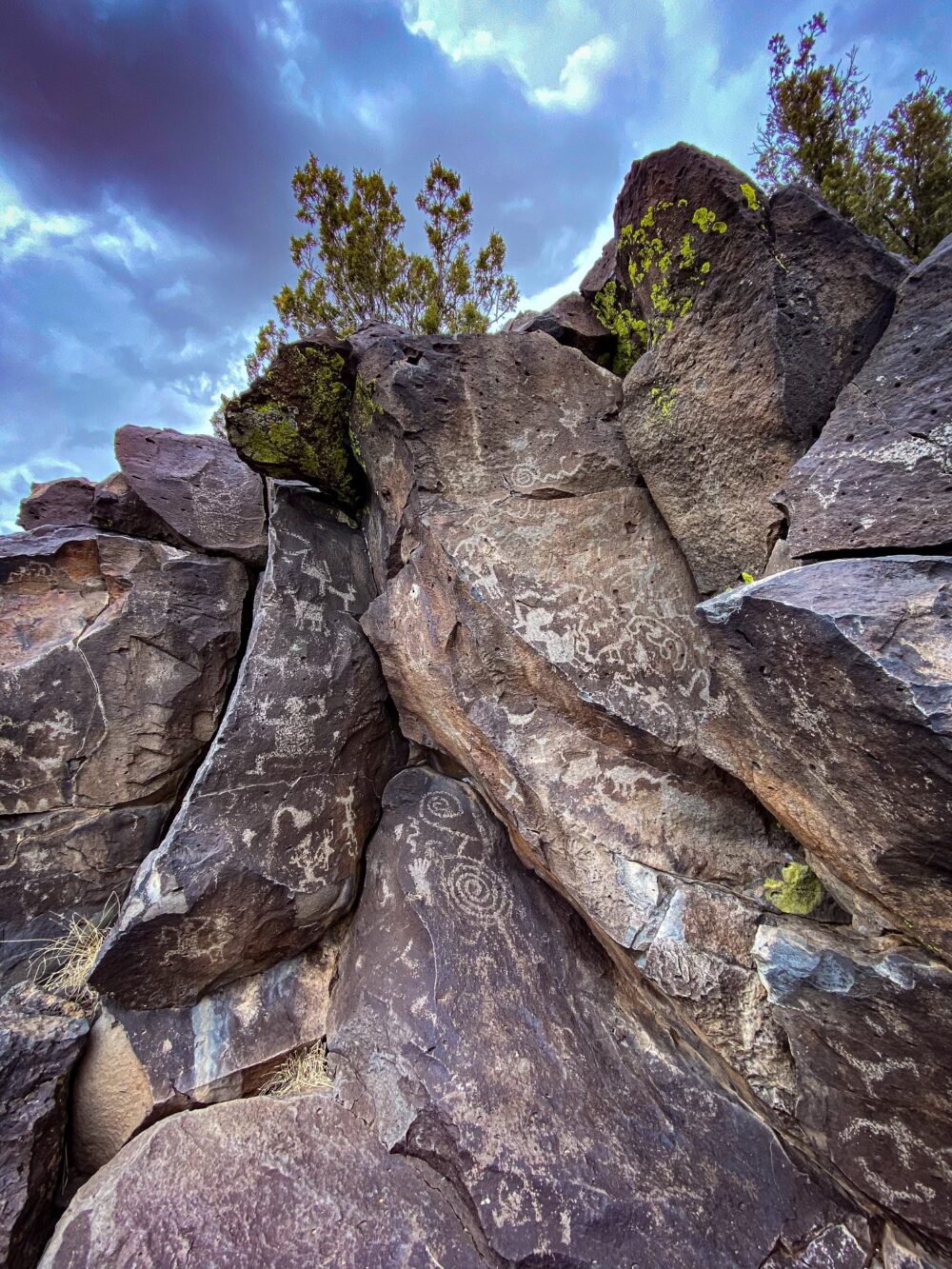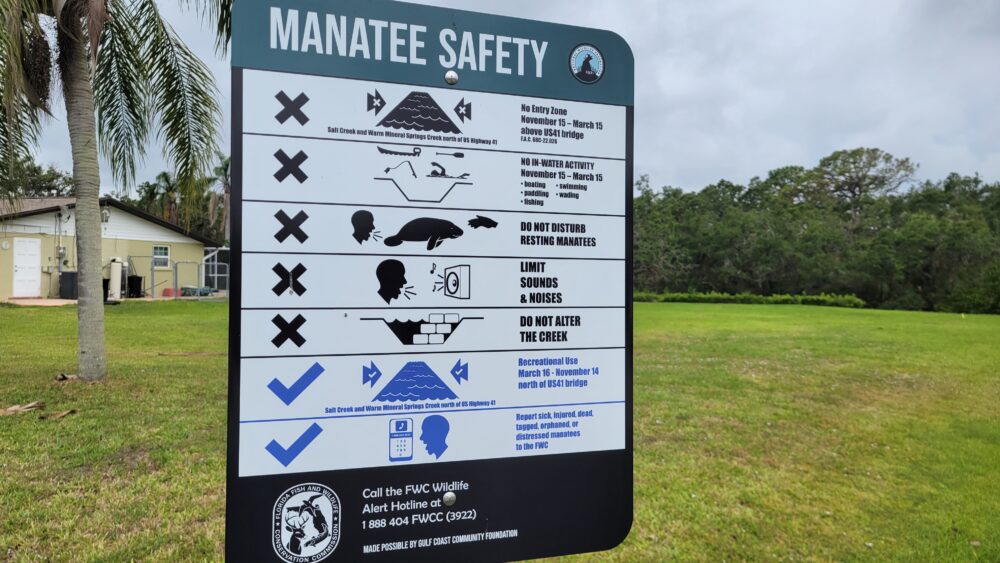We have much more to do and your continued support is needed now more than ever.
One Minute to Midnight: Educating for Action
Responsibility is in the air at this weekend’s Bioneers conference. The attendees are, by and large, concerned about the impact they and their organizations exert on a stressed planet, and perhaps no one feels more culpable than teachers and education leaders.
During yesterday’s Education for Action session, Jim Baizer, science policy advisor at Arizona State University, said, “We work at institutes that are creating future leaders. They are coming up with economies that crash and lose $13 trillion. We are responsible for all these people and all these ideas.”
If higher education’s job is to prepare students for the world ahead, panelists and speakers seemed to suggest, it has so far failed to meet the challenge.
But no one is giving up. Tony Cortese, founder and president of Second Nature, said, “This is the first time in higher education that I’ve seen people saying that we need to be the first to try something and figure it out, rather than wait around and see who else can work it out first. Of course, sometimes when we try to solve a problem, we cause worse problems, because we think too much in the short-term. What we need to do is get people to look at multiple consequences, in an interdisciplinary and long-term way.”
The all-day session included workshop time for small groups, in which 70 or so faculty, administrators and students broke out to devise solutions on their specific campuses, or tell stories of projects that had already demonstrated success. One standout was UC-Santa Cruz, which has been pioneering a project that gets students to spend a semester researching a solution to a problem in their community and presenting the results to university staff.
Crystal Durham, executive director of the California student Sustainability Coalition, said, “We’ve probably saved millions of dollars in consulting fees by using the curriculum. Students run a research-based class that solves a problem. For example, they might say they want more recycling on campus. So they spend a semester working to understand how the local waste management system works, bringing in someone to talk, finding out how the university could make this happen, then at the end of the semester they present their results.” The class gives students real work to do that not only prepares them for their careers and incorporates environmental literacy into the curriculum, but also moves the school towards climate neutrality.
This is the most immediate way to influence students, said participants: the college must walk the walk toward climate-neutrality and involve youth in the process. Most attendees were already familiar with the President’s Climate Commitment, either because their school had signed, or because they were campaigning to get their president on board. More than 650 college presidents have signed, out of the 4,000 colleges and universities in the U.S.
The importance of the Commitment, said Cortese, is that it moves beyond the historical segregation of environmental studies from the rest of the university: “When universities have done environmental work historically, what they’ve done is create environmental studies departments, which reach 5% of the students, and create more specialists. What’s great about the PCC is that it moves beyond these models.”
For everyone in the room, moving their institutions towards climate neutrality was a priority. Amber Katherine, a professor of philosophy at Santa Monica College, made the point that schools can no longer ignore the urgency of rising greenhouse gas emissions and increasing water, food, and resource scarcities. “What must we do at one minute to midnight?” she asked. “There is no time left, and excuses aren’t acceptable.”














